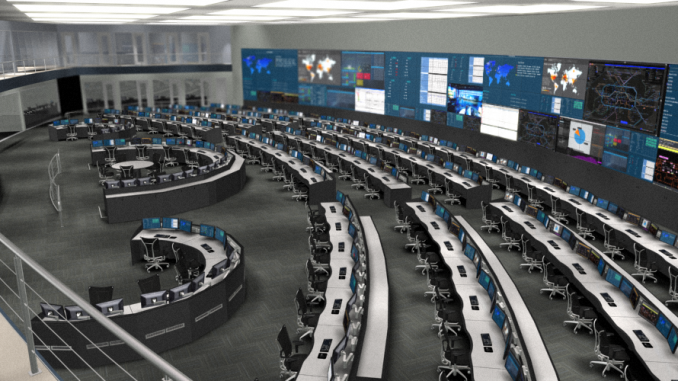
Summary: Video walls can display a significant amount of information, data, and real-time audio/video.
Video wall displays are playing a large role in big businesses and are also becoming a staple in control room furniture design. With the market expected to remain strong for the next several years, video wall growth is being driven by a substantial increase in the number of applications that it can display, as well as new innovative products that feature smaller bezels that can be utilized in a variety of different installations.
As video technology continues to advance, a growing number of users will look to install it. If you’re the owner of an organization seeking to implement this in your control center, it would be wise to understand some of the basics of video wall displays.
What are Video Walls?
Video walls consists of a multitude of LCD or LED panels, computer monitors, and even projection screens. With many of today’s video walls made up of LCD or LED panels, the design focuses on combining these together to create a large screen. Years ago, video walls were just a way to stretch a single piece of content across an entire wall. However, with the rapid advancement in technology, video walls are now capable of producing advanced content options and remote management features.
These eye-catching displays make them ideal for any type of industry. Unsurprisingly, these video walls are popping up in various locations including outdoor advertising, police and security control rooms, and even retail stores. By contracting with companies like Constant Technologies, Inc. or any other audio-visual integrator, one can plan out a design that’s both functional and versatile.
They’re a fantastic option for those that require a large-scale display but want to avoid a single screen. Remember, these single screens can limit the size and shape of the display, but often fall short when it comes to pixel density – and not to mention expensive.
